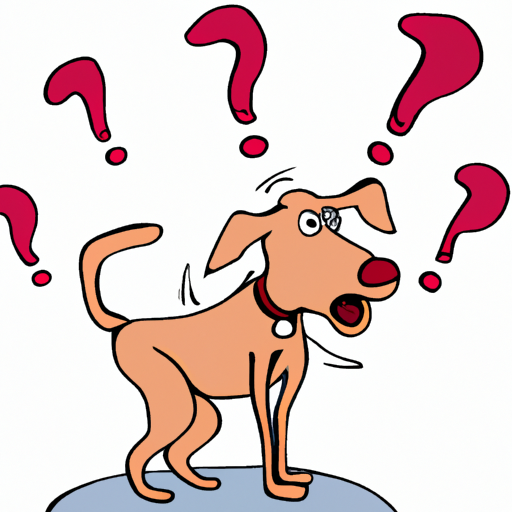Introduction
You’ve probably seen it dozens of times: Fido struts into the room, his tail held high in the air. But what does it really mean when a dog’s tail is up? As a caregiver, understanding your pet’s body language can help you provide better care and forge a closer bond. So let’s dive into the world of wagging tails and discover what they’re really telling us.
Understanding Your Dog’s Tail Movements
Dogs use their tails to communicate a variety of emotions and intentions. Here’s a quick guide to understanding what different tail positions might mean:
- Tail held high and stiff: This usually indicates alertness or dominance. Your dog may be trying to assert their position or respond to a perceived threat.
- Tail wagging slowly: This could be a sign of uncertainty or apprehension. Your dog might be trying to figure out a situation.
- Tail wagging rapidly: This usually indicates excitement or happiness. Your dog is likely thrilled to see you or is eager to play.
- Tail tucked between the legs: This is often a sign of fear or submission. Your dog might be feeling threatened or anxious.
Remember, these are general guidelines and individual dogs may vary. Always consider the overall body language and context.
| Tail Position | Meaning |
|---|---|
| High and stiff | Alertness or dominance |
| Wagging slowly | Uncertainty or apprehension |
| Wagging rapidly | Excitement or happiness |
| Tucked between legs | Fear or submission |
The Science Behind Tail Wagging
Did you ever wonder why dogs wag their tails? This instinctual behavior is deeply ingrained in their evolutionary history. Tail wagging served as a vital communication method among packs of wild dogs, helping them coordinate hunting, establish dominance hierarchies, and develop social bonds.
The Caregiver’s Role
As a caregiver, understanding your dog’s tail language can help you respond better to their needs. If their tail is high and stiff, maybe they need some space. If it’s wagging slowly, perhaps they’re unsure about a new toy or guest. And if it’s wagging rapidly, it’s time to engage in some fun play!
• Observe: Pay close attention to your dog’s tail movements and try to correlate them with their behavior and environment.
• Respond: Adjust your behavior based on their tail language. This might mean giving them space, introducing new things gradually, or initiating play.
• Communicate: Use your own body language and voice to communicate back. Dogs are highly attuned to our behavior and will often mirror our emotions.
FAQs
Q: Is tail wagging always a sign of happiness?
A: No, tail wagging can indicate a range of emotions including excitement, uncertainty, and even aggression. Always consider the context and other body language.
Q: What if my dog’s tail is always down?
A: This could be a sign of fear, anxiety, or even a physical ailment. If your dog’s tail is persistently down, it may be worth consulting a vet.
Q: Can I train my dog to wag their tail on command?
A: While some dogs can learn to wag on command, it’s generally not recommended as it could interfere with their natural communication.
Understanding your dog’s tail language is an ongoing journey, filled with moments of insight and connection. So keep observing, keep learning, and keep enjoying the wonderful world of dog communication!



